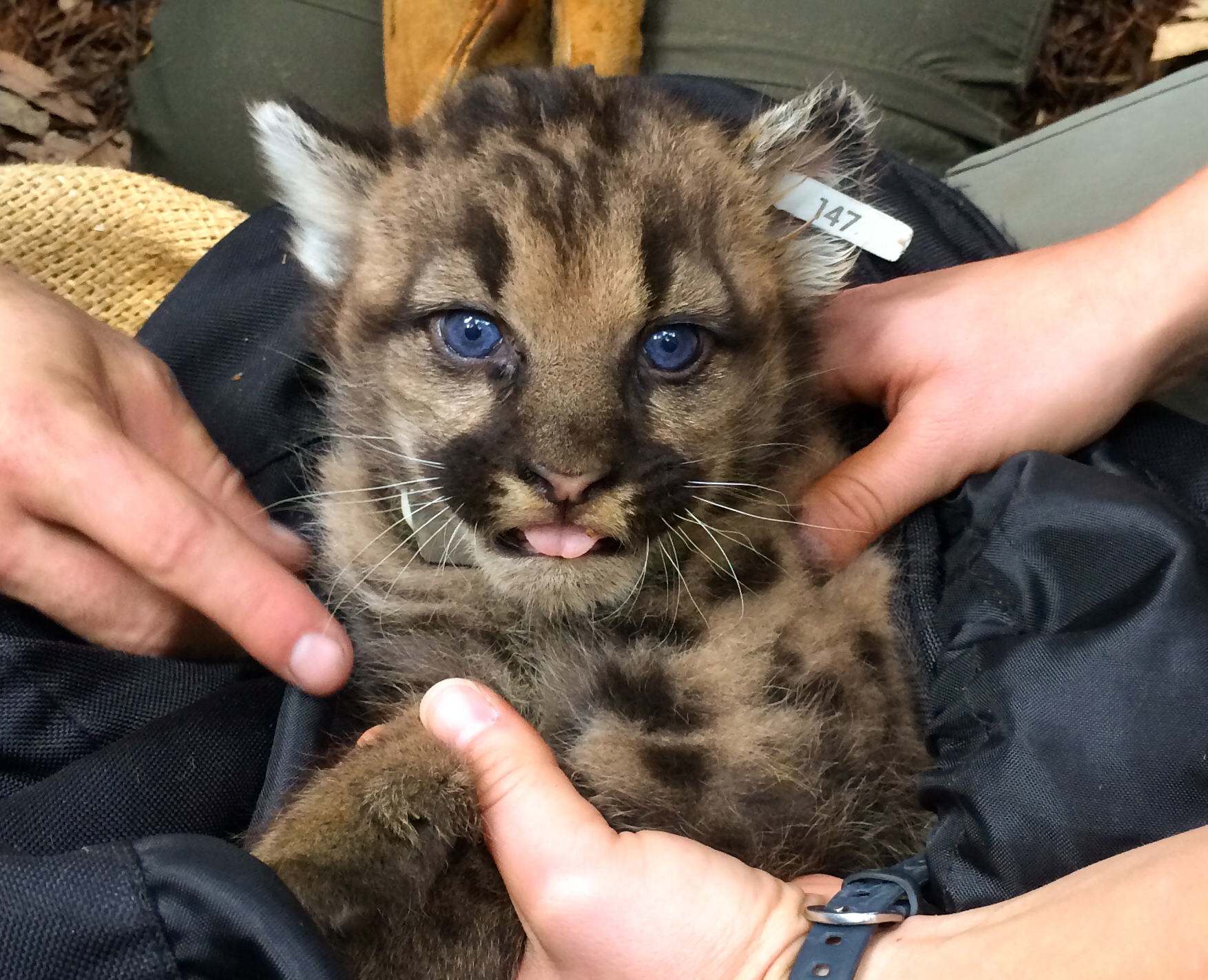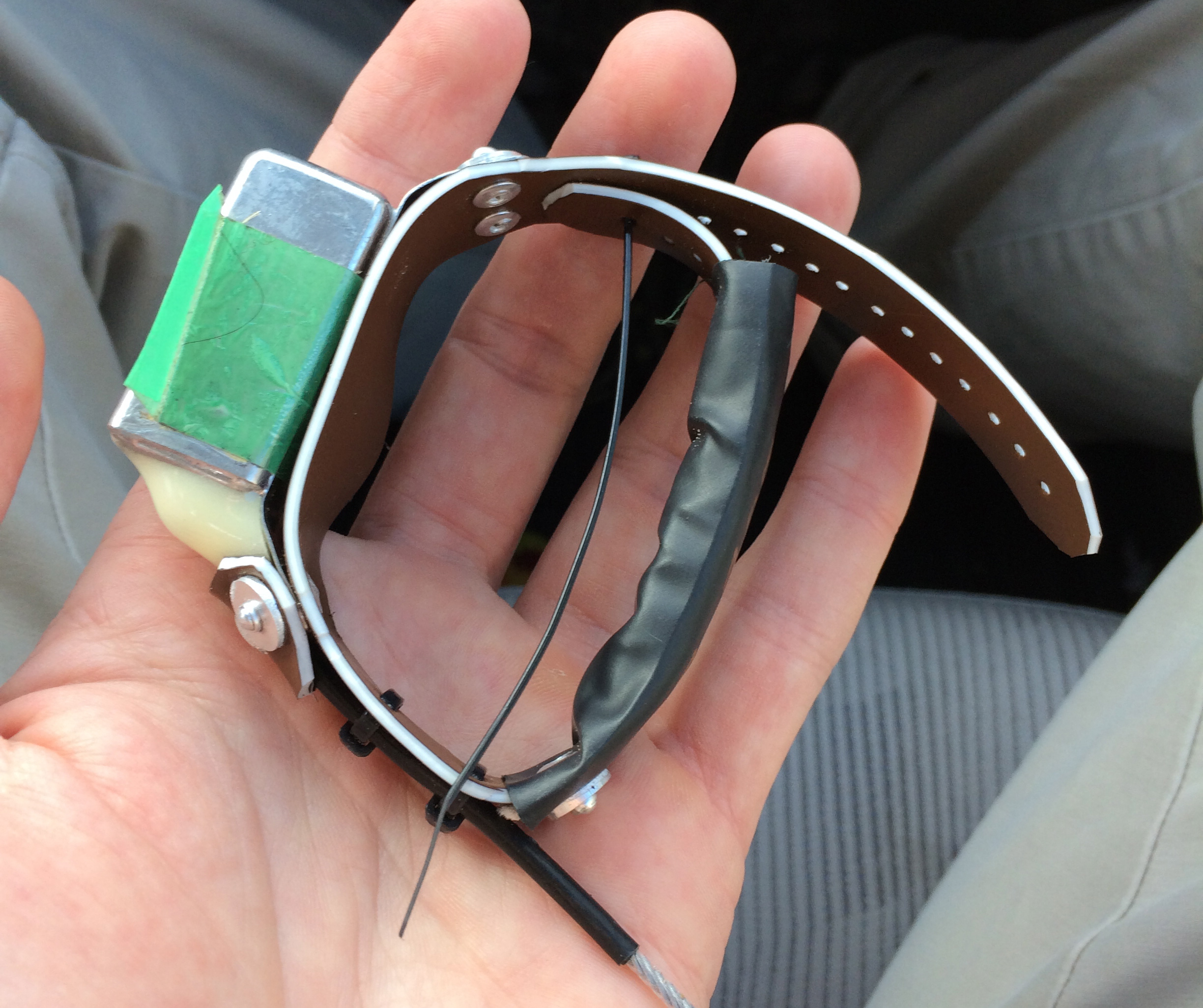The Santa Cruz Puma Project was recently granted permission to start tracking puma kittens by fitting them with GPS collars when they are about four weeks old. We have received some questions from the public about why we want to follow the kittens from early on in their lives, and would love to share why we are excited about this new research opportunity.
1.Collaring kittens allows us to get good survival data on kittens for the first time in our project, which will tell us about puma population growth in the Santa Cruz Mountains. Finding out more about kitten survival rates and causes of death can inform us about the stressors affecting pumas and the risks they encounter.
2. Pumas in the Santa Cruz Mountains have to meet all their survival needs while navigating around areas where a lot of people live and the dangers are many. We have found that pumas are often most sensitive to people when they are engaging in reproductive activities, like denning. By collaring kittens, we can see if females have more successful litters when they den further from development. We can also investigate if the causes of kitten death change when they are raised near development.
3. Male pumas sometimes kill kittens that are not their own so they can mate with the kittens’ mother. By tracking kitten survival, we can learn how important this behavior is to structuring the population.
4. We have little information about individual pumas over the course of their entire lives. When we collar kittens at a young age, we can track their dispersal from their mother, who they mate with, and where they establish territories, all in the light of what we know about their early lives. This can give us a much clearer picture of how pumas interact with each other and how they move around the landscape.


